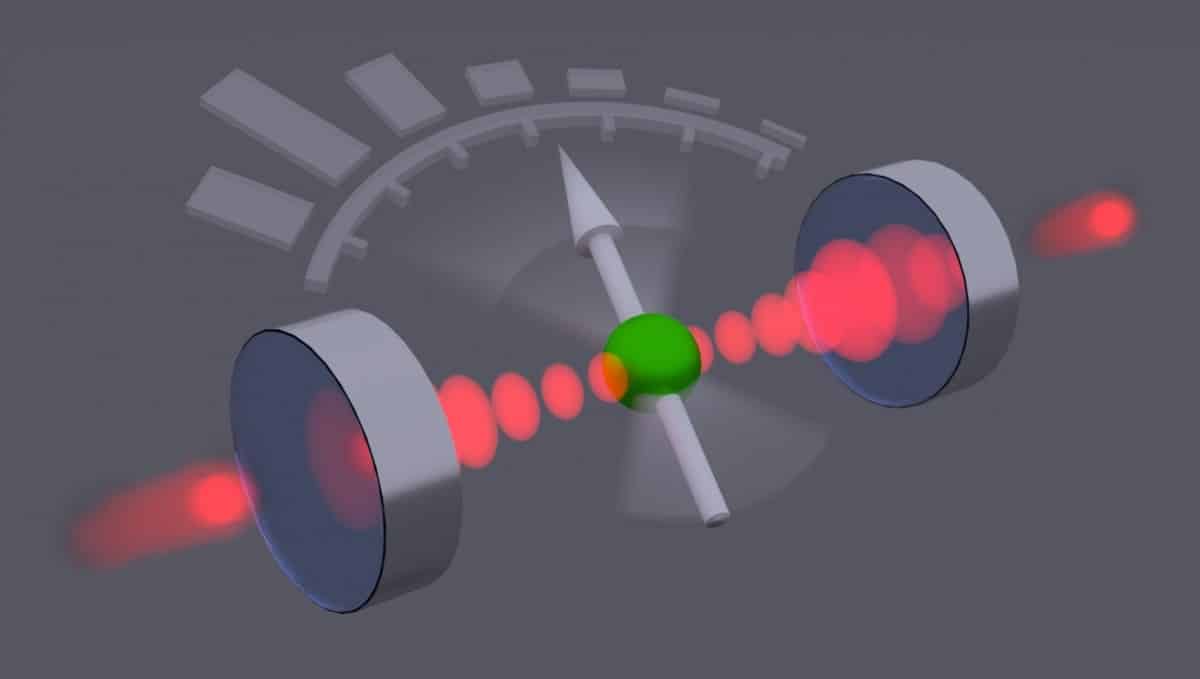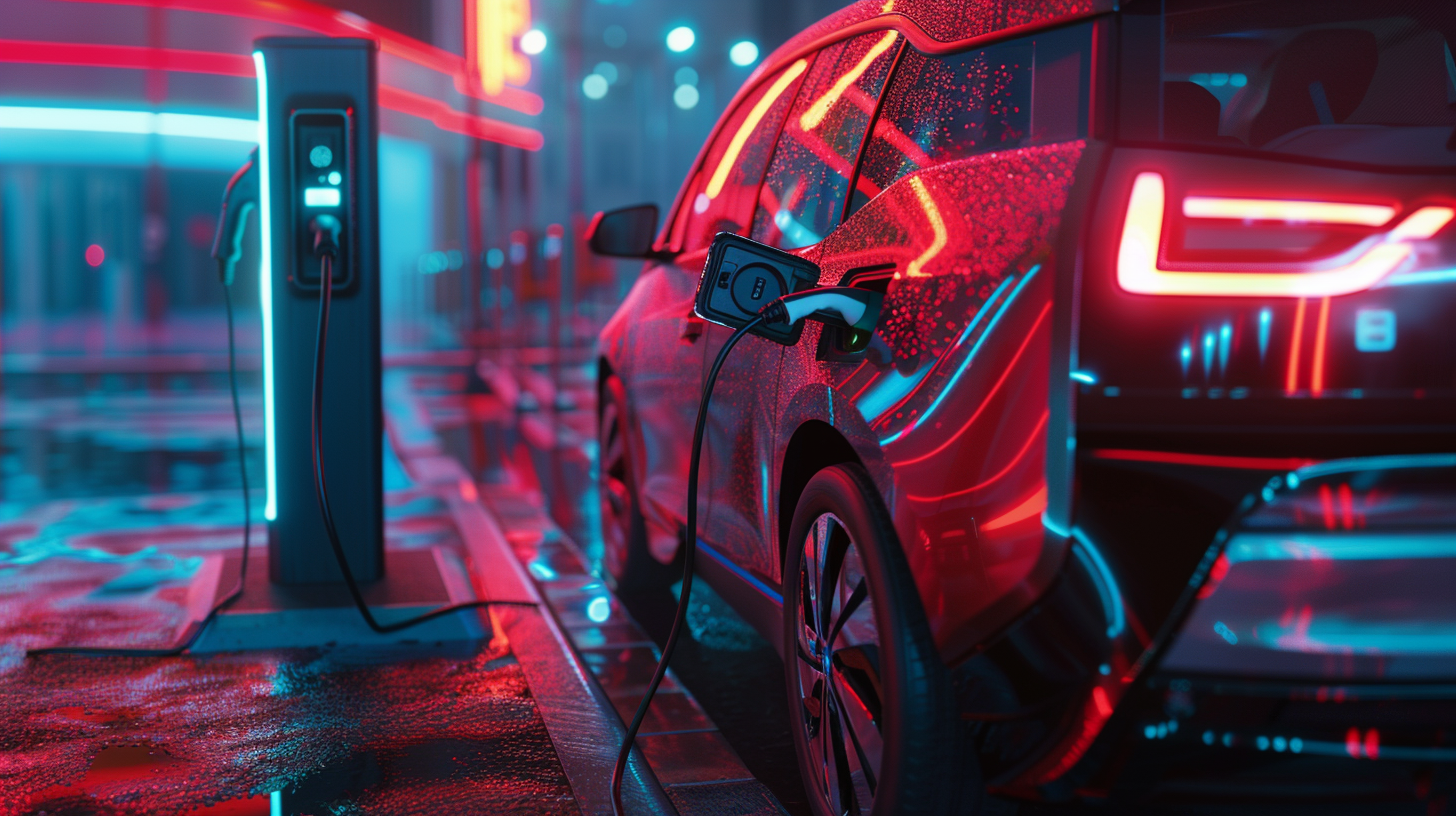
Researchers at the University of Innsbruck developed a quantum sensor that enables the non-destructive measurement of light particles. In the future it could also be used to measure the quantum states of light.
The expectations of quantum physics are high. Billions flow into research worldwide. Microelectronics profited from the first quantum revolution, which, among other things, made the smartphone possible. The second quantum revolution is now about the discovery of the quantum computer. At the University of Innsbruck, Tracy Northup is working in this promising field. She is researching the development of quantum internet. She is building interfaces with which quantum information can be transferred from matter to light – and vice versa. Through these interfaces, quantum computers all over the world will be able to communicate with each other via fiber optic cables. This is the future.
Non-Destructive Measurement of Light Particles
The researcher is currently developing a quantum sensor for light particles. The starting position was the photodetector, which converts light into an electrical signal. However, the light is lost in this process. With Northup’s quantum sensor, the light is retained, and the light particles can be measured non-destructively.
“Photodetectors are excellent and affordable measuring instruments for light and in most cases, it is no problem that the light is lost during the measurement, meaning that it is absorbed by the photodetector. However, if one wants to perceive the quantum properties of light, it can be important not to destroy the light during the process and to disturb it only minimally by the measurement. This is what our method can offer.” Tracy Northup
In the experiment, an electrically charged calcium atom (ion) was placed between two concave mirrors and visible laser light was transmitted. The ion has only a weak influence on the light. As Northup explains, this method enables quantum measurements of the ion – and statistical statements about the number of light particles in the chamber. The physicists were supported in interpreting the measurement results by the working group led by Helmut Ritsch, a quantum optician from Innsbruck and from the Institute of Theoretical Physics.
One scenario in which the quantum sensor can be applied is the generation of quantum light states. These are difficult to generate in practice. However, there are a number of applications for such states in the fields of quantum information processing and quantum computers.
Generation of Special Light Fields
In their laboratory work, Northup and her team from the Institute of Experimental Physics initially restricted themselves to classical states. In the future, the quantum sensor could also be used to measure the quantum states of light. Northup: “We assume that it is already possible, but to do this we have to modify our experimental system.”
In quantum optics, there are certain criteria that can be used to determine whether it is classical or quantum light, explains the researcher. One of these criteria is,
- whether the statics of light can be described by a probability distribution (in this case the light is classical);
- or whether it requires a quasi-probability distribution with negative probabilities (quantum);
“According to these criteria, the states we have measured in our experiments are classical and not quantitative. Nevertheless, the technique we have demonstrated is valid the for non-destructive measurement of both states, classical and quantitative.” Tracy Northup
Interaction Between Light and Matter
The research approach of the Innsbruck research team goes back to Serge Haroche, who together with David Wineland was awarded the 2012 Nobel Prize in Physics for his research into the interaction between light and matter.
The US-American Northup holds an Ingeborg-Hochmair-women’s professorship at the University of Innsbruck since 2017. Hochmairis regarded as a pioneer in the field of hearing implants and is specifically promoting women’s careers with this professorship.
Northup’s team included Postdoc Moonjoo Lee and PhD student Konstantin Friebe and was amongst other supported by the Austrian Science Fund (FWF) and the European Union.
Here you can find the link to the article in the journal Physical Review Letters.
Also Interesting:
Schrödinger’s Cat Learns to Fly
Hyperloop would also Benefit from Superconductivity







